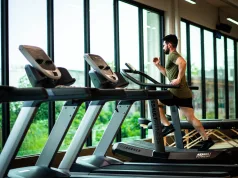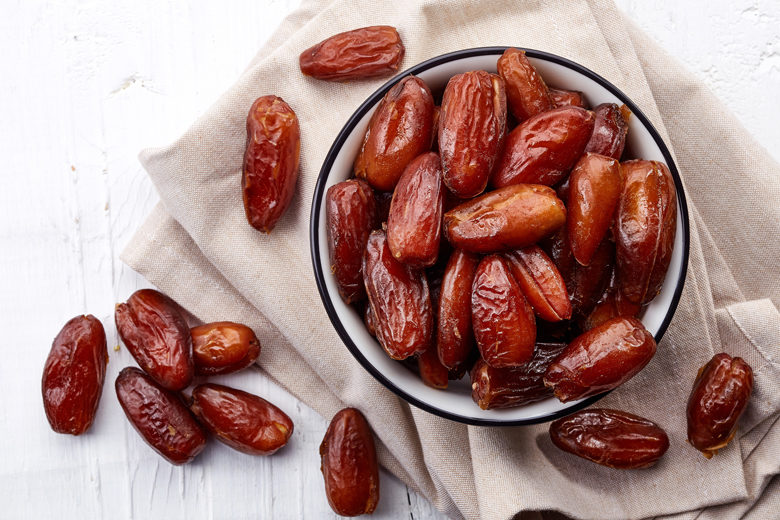High Blood Pressure: Causes, Symptoms and Control
Who Is Prone To Developing High Blood Pressure?
- People with family members who have high blood pressure
- Smokers
- African-Americans
- Pregnant women
- Women who take birth control pills
- People over the age of 35 or even less sometimes
- Overweight or obese
- People who are not active
- People who drink alcohol excessively
- Those who eat too many fatty foods or foods with too much salt
- People who have sleep apnea
How To Control High Blood Pressure Without Medication
By making these 10 lifestyle changes, you can lower your blood pressure and reduce your risk of heart disease.
If you’ve been diagnosed with high blood pressure, you might be worried about taking medication to bring your numbers down.
Lifestyle plays an important role in treating your high blood pressure. If you successfully control your blood pressure with a healthy lifestyle, you might avoid, delay or reduce the need for medication.
Here are 10 lifestyle changes you can make to lower your blood pressure and keep it down.
1. Lose excess weight and watch your waistline
Blood pressure often increases as weight increases. Being overweight also can cause disrupted breathing while you sleep (sleep apnea), which further raises your blood pressure.
Weight loss is one of the most effective lifestyle changes for controlling blood pressure. Losing even a small amount of weight if you’re overweight or obese can help reduce your blood pressure. In general, you may reduce your blood pressure by about 1 millimetre of mercury (mm Hg) with each kilogram (about 2.2 pounds) of weight you lose.
Besides shedding pounds, you generally should also keep an eye on your waistline. Carrying too much weight around your waist can put you at greater risk of high blood pressure.
In general:
- Men are at risk if their waist measurement is greater than 40 inches (102 centimetres).
- Women are at risk if their waist measurement is greater than 35 inches (89 centimetres).
These numbers vary among ethnic groups. Ask your doctor about a healthy waist measurement for you.
2. Regular Exercise
Regular physical activity — such as 150 minutes a week, or about 30 minutes most days of the week — can lower your blood pressure by about 5 to 8 mm Hg if you have high blood pressure. It’s important to be consistent because if you stop exercising, your blood pressure can rise again.
If you have elevated blood pressure, exercise can help you avoid developing hypertension. If you already have hypertension, regular physical activity can bring your blood pressure down to safer levels.
Some examples of aerobic exercise you may try to lower blood pressure include walking, jogging, cycling, swimming or dancing. You can also try high-intensity interval training, which involves alternating short bursts of intense activity with subsequent recovery periods of lighter activity. Strength training also can help reduce blood pressure. Aim to include strength training exercises at least two days a week. Talk to your doctor about developing an exercise program.














